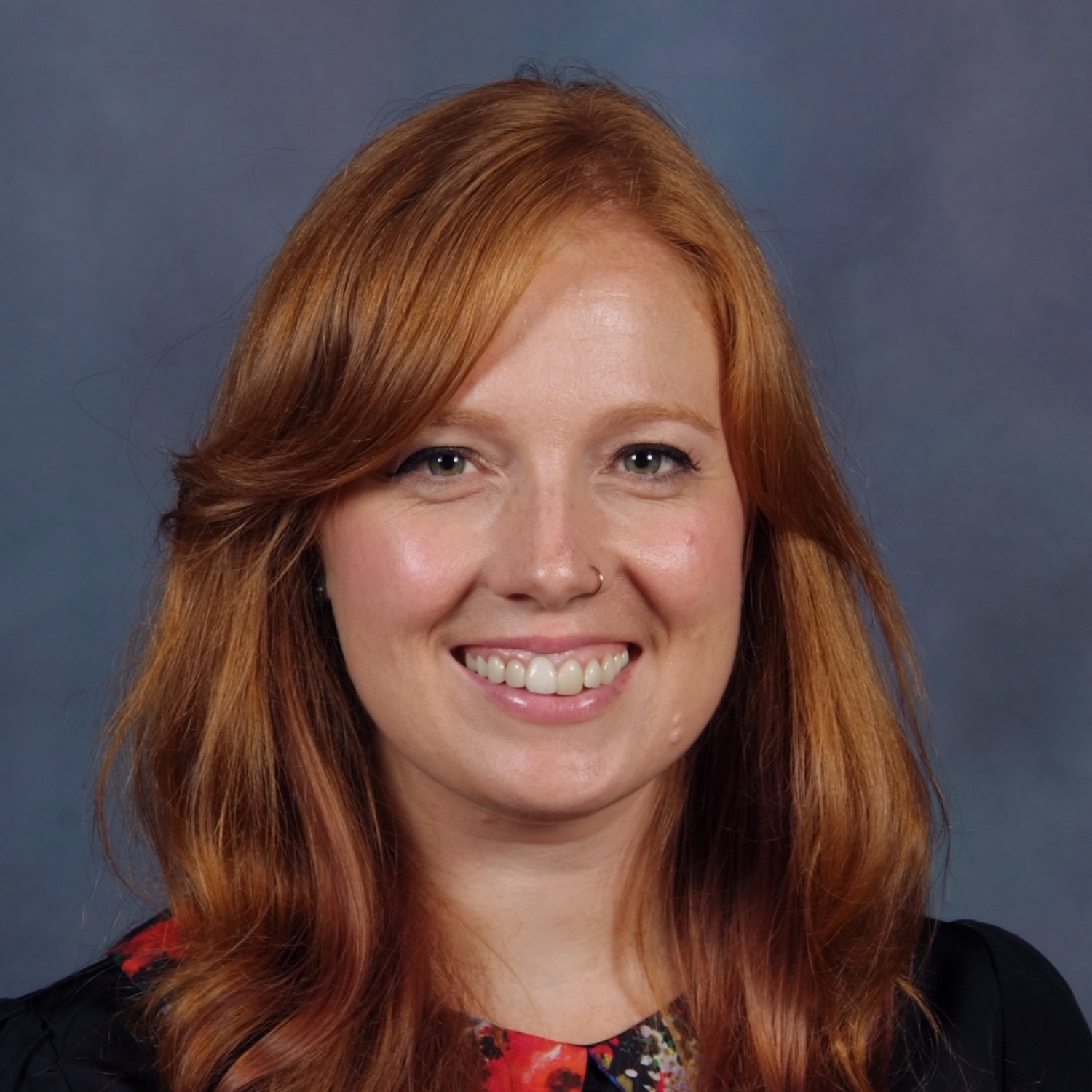 Writing is the foundation of much of what students will do in school and in their post-academic lives. As such, it is important to find a school that has a good writing program. A strong writing curriculum allows for flexibility so students can learn in multiple ways and encourages them to stretch and reach. We see the following as the key components of a successful writing program.
Writing is the foundation of much of what students will do in school and in their post-academic lives. As such, it is important to find a school that has a good writing program. A strong writing curriculum allows for flexibility so students can learn in multiple ways and encourages them to stretch and reach. We see the following as the key components of a successful writing program.
Writing is a Process
For high school students writing essays, the process begins with selecting a topic. They look at what they want to discuss, why it’s important, and how they might approach it. Students should use concept maps for brainstorming so they can see the connections between their ideas as they work to build arguments.
The next step is the outline, where students organize their ideas and determine what structure will best support the expression of their arguments. The outline phase also provides students with the opportunity to organize each argument and verify that each idea is effectively supported. After outlining students are ready to draft their essays.
The drafting phase will look different for each student, but referring to this phase as drafting is key because it encourages students to be open to rewriting, as opposed to viewing this phase as “writing the paper,” after which they are done and can wash their hands of it forever. Students cycle through drafting and revising until they are content with their essay and are ready to publish. Publishing can take many forms: final graded essays, posting to a blog, submitting to a contest, presenting to their peers, or sharing with their parents. Whatever publishing looks like for each assignment, it is an opportunity for students to feel proud of their writing and feel a sense of accomplishment and completion.
Meaningful Feedback
Receiving meaningful feedback throughout the writing process is paramount to success. Feedback should come from three sources: the student writer, their peers, and their teacher. This may look different in each classroom and for each assignment, but understanding what works and what could work better helps student writers find their voices and hone their writing skills.
Self-reflection works well at the beginning and end of a writing assignment. At the beginning students can consider why this idea/topic is important to them, and at the end of the process students can reflect on what did and what did not work. Peer feedback can be informal, small group discussions of ideas among students, or formal, partnering with a peer and proceeding through a structured set of editing guidelines. Feedback from the teacher can also take many forms: general suggestions based on topic proposals, detailed feedback on full drafts, and writing conferences with students. Teacher feedback, especially writing conferences, also provides personalization. Students can determine what they need to do to improve, thus providing scaffolding so each student can work on his or her own level.
Revision
When an interviewer from The Paris Review asked Ernest Hemingway why he rewrote the last page of A Farewell to Arms 39 times, Hemingway replied that his problem had been “getting the words right.” Viewing writing as a process and experiencing the value of meaningful feedback can help students buy into revision. There are two primary categories of revision: global and local. Global revision encourages students to think about the validity and effectiveness of their arguments, the effectiveness of their selected writing structure, the quality of their support. Global revision is the most meaningful, but it is also the harder and the scarier form of revision for students because it might lead them to the realization that they need to make major changes. Local revision is editing: it’s looking at punctuation issues, revising for fluidity, adding variety and clarity to sentence structures. Local revision is the polishing phase, but it only really helps if the essay has already been molded into the right form.
Room for Risk
One possible negative outcome that is triggered by a student figuring out how to write an “A” essay is that students grow attached to that structure and are unwilling to risk their “A” strategy. This leads to stagnation; students don’t grow as writers and eventually discover that what earns an “A” in English 10 may not be sufficient to earn an “A” in English 11. For this reason, it’s important to factor in innovation when grading. Including it on a writing rubric reminds students that risks, even when they don’t work out, still carry value. Students need to feel comfortable that trying something new won’t jeopardize their success. Viewing writing as a process and knowing that they will have the opportunity to revise also help students feel safer taking risks in their writing.
Modeling
Becoming a good writer involves reading good writing. Students need to read good writing not only in novels and other class texts, but in the same forms that they will be writing in. Reading a good literary analysis essay (or lab report, or research paper, or college essay, or short story) and discussing what makes it good helps students see what works so they can apply it in their own writing. In the same way parents good driving for the 15-year-old soon-to-be-new driver son or daughter sitting next them, teachers model good writing practices for their students.
Practice
The final component of a strong writing program is actually practicing writing. Writing should not be reserved for formal essays; it should happen on a daily basis. Writing should not be reserved for English class; it should happen across the disciplines. Whether it’s answering a quick writing prompt at the beginning of class, reflecting on the events of a story or events from history, explaining a diagram in Chemistry or a graph in Algebra, or just putting pen to paper in open writing time, getting in practice helps student writers find their voices and become more comfortable with the act of writing.
Teachers Make It Successful
Ultimately, a writing program is only as good as the teachers presenting it. A teacher who is passionate and invested in students’ success strengthens a well-structured curriculum. Successful writing programs encourage critical thinking, innovation and the challenging of ideas, and they support students as they develop and hone their skills as writers. Students gain from this the awareness that success is a process and may involve risk and failure along the way. Students then graduate with the confidence that they can write any paper they are assigned in college, any cover letter they will write to find the perfect job, and any report requested by an employer. At Sanford School, we provide exceptional academic programs to prepare students for success. Our teachers are committed to ensuring our students are strong, capable writers.
Briana Smale is the English Department Chair at Sanford School, a Preschool-Grade 12 College Preparatory School in Hockessin, DE.








